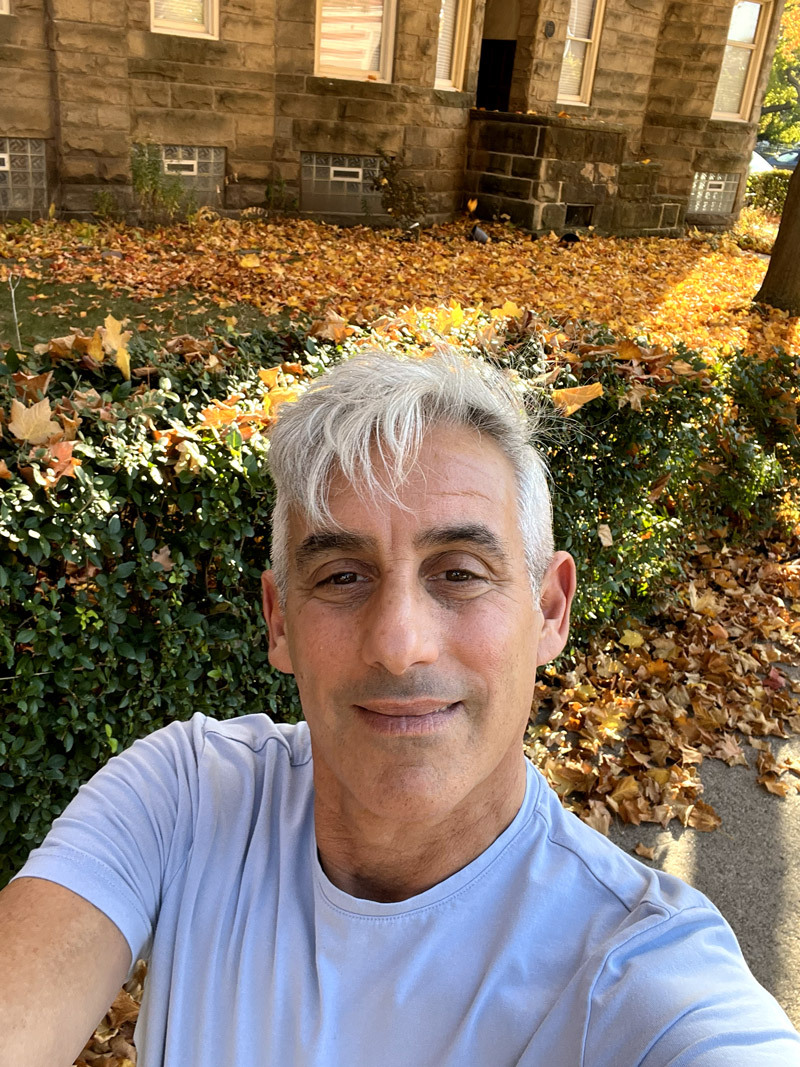The AIDS Crisis Ended Before They Were Born, But the Disease Still Impacts the Way Gen Z Approaches Sex and Healthcare
Prevention, treatment options have significantly changed the conversation for younger generations

In an era where inclusivity and advocacy reign supreme, the queer Gen Z community emerges as a powerful force in reshaping the narrative surrounding HIV/AIDS. Beyond merely challenging stereotypes, young voices are fostering a more compassionate dialogue and propelling a new perspective on awareness and destigmatization.
The stats related to HIV and AIDS have shifted significantly from the peak of HIV infection rates in 1995. Since then, new infections have seen a 59% decrease and AIDS-related deaths have reduced by 69% from the highest point in 2004. Women and girls comprise 46% of new diagnoses in 2022, according to a UNAIDS fact sheet.
As this month marks the 35th anniversary of World AIDS Day, which was on Dec. 1, significant medical breakthroughs have vastly improved outcomes for newly diagnosed patients and overall perceptions about a condition that was nearly always fatal only a few decades ago. The introduction of the HIV-preventative drug PrEP and post-exposure prophylaxis drug PEP and advancements in HIV/AIDS treatments have shifted a positive diagnosis from a death sentence to a manageable condition. Modern resources, awareness and increased acceptance allow most queer youth living with HIV or AIDS to lead happier lives with reduced stress.
Reflecting on the challenges faced by the LGBTQ+ community in the ‘90s, Michigan ACLU LGBTQ+ Project staff attorney Jay Kaplan, a gay man who started the first HIV Legal Services program in 1991, shares the stark contrast between then and now. Many people he assisted at the time would pass away within months of diagnosis.

“I sang in a gay men’s choir and I joined in 1990, and by 1995, I would say close to half of the members had passed away from AIDS. It was a very different time,” Kaplan says. “It was a frightening time and it was a very sad time because you saw so many young people whose lives ended way too short.”
One positive aspect that came out of the epidemic was LGBTQ+ people coming together as a community in the face of government inaction. Kaplan feels it's important for everyone now to know about the history of HIV/AIDS and all that was lost because of it, especially to make sure that something similar never happens again.
“Sometimes I hear from young people that they don’t understand what it was like. Well, I’m glad they don’t have to go through what it was like at that time, I’m glad that progress has been made,” Kaplan says. “We never would have dreamed back in the 1990s that things would have changed this way, but thank goodness it changed, and hopefully that means that there’s not that same kind of stigma and same kind of prejudice that we saw.”
Fortunately, local Gen Z-aged advocates say that the stigma has lowered.
Donald Coleman, a 22-year-old Eastern Michigan University student who identifies as a "queer nonbinary man," reflects on the shifting attitudes toward HIV/AIDS within his community, which he describes as “Black, brown and queer.”
“Our generation is starting to really break down that it’s not a death sentence and people can live long and healthy lives with [HIV],” Coleman says. “If you do have it, now we have all these resources and medications readily available.”
However, Coleman highlights that not everyone has easy access to medication like PrEP, emphasizing the barriers faced by certain individuals, even with insurance coverage. While he was luckily able to get on PrEP himself, Coleman says it was a fight and says it’s an ongoing challenge to ensure equitable access to preventive measures for many people.
Coleman also emphasizes that while discussions surrounding HIV/AIDS may be prevalent among the LGBTQ+ community, it is not exclusively a queer issue. “I tell my straight friends all the time [that] PrEP is not just for queer people,” Coleman says. “If you’re just a sexually active person in general, I would recommend you get on it, for sure.”
Madison Herrington echoes Coleman's sentiment since STIs and HIV don't discriminate. The 23-year-old EMU graduate is a pansexual cisgender woman who works as the Special Projects Coordinator at Michigan Community Health Worker Alliance and is also a community health educator and harm reductionist.

Herrington, who has performed over a hundred STI tests, notes that there's still work to be done. She sees a shift in attitudes, with young queer adults increasing dialogue surrounding STIs and safer sex. However, she points out that conversations specifically about HIV and AIDS often need prompting.
“I think Gen Z wants to be well-informed and spread that to others,” she says. “I think most are aware of the sexual health services offered in their doctor’s offices but not at local organizations. Clients frequently would email or text me questions after our testing sessions and refer their friends to our website and contacts.”
Herrington emphasizes the importance of comprehensive sexual education and accessible resources to empower young queer individuals to make informed decisions about their sexual health.
“Overall, I wouldn’t say the queer Gen Z community is scared, but they’re conscientious of their potential exposure to HIV,” Herrington says. “When people are routinely tested and linked to care and treatment after receiving an HIV diagnosis, antiretroviral therapy can let someone live and thrive at undetectable and untransmittable viral loads for decades. We still have a long way to go, but we’ve also come a long way, and that relieves some anxiety for young people getting tested.”
Tiger Onyx and Laurence Wilson, both queer millennials, are actively involved in the Southeastern Michigan HIV/AIDS Council, an agency dedicated to addressing the needs of people living with HIV. The pair emphasizes the collective strength of the LGBTQIA community, urging unity to preserve healthcare rights, including access to PrEP and insurance coverage.

Wilson highlights the historical context, noting that healthcare, especially for the LGBTQ+ community, was not always a right. Similar to Kaplan, he says that increased awareness of the past might encourage youth to prioritize their overall health and advocate against potential cuts to HIV funding in Congress.
Now, Onyx says, there is fortunately less fear among Gen Z due to advancements in programs and the availability of accurate information on social media.
“I think the awareness gives them more control over their choices,” he says. “We're working towards having more providers and clinicians that are aware of all the options and are informed about the different choices so that they can make clear and informed decisions so that the new generation can have fun, whichever way they want to.”

Many community organizations have the vision to provide inclusive information and materials about HIV. Some local resources include the Detroit Health Department’s HIV Program, Detroit Recovery Project, Matrix Human Services, UNIFIED, and ACCESS.
Community resource directories such as Findhelp.org can also help young adults locate resources for sex education, STI/HIV testing and linkage to care and treatment by zip code.
The collective strength of the LGBTQ+ community, spanning generations, is crucial in advocating for healthcare rights and ensuring a healthier future for all.









